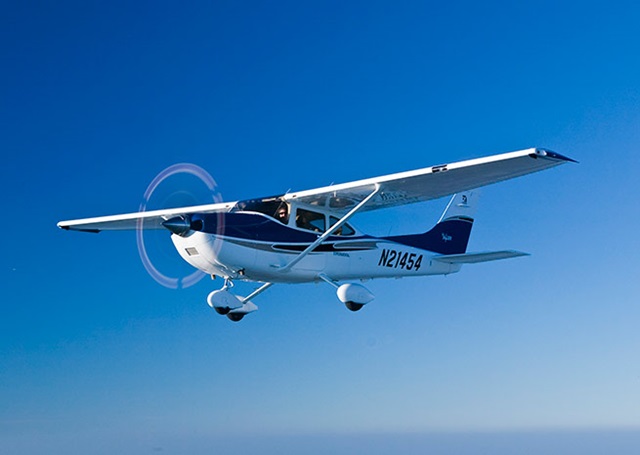
A student pilot and flight instructor are inbound to a multiple-runway towered airport after a flight lesson in a Cessna 182. Air traffic control has advised the flight, approaching from the east, to expect right traffic.
Moments later the tower calls back: Change of plans. The controller queries the student and instructor to see if they can take left traffic to the reciprocal runway instead?
Make that two changes of plans: Fly left traffic to the new runway—and expect a land and hold short operation (LAHSO).
There’s nothing like a short-notice change of instructions to shake up a carefully planned and executed arrival, or rattle the sense of command a pilot trainee may have only recently acquired. Landing-accident reports are littered with accounts of last-minute change scenarios that left pilots unnerved, intimidated, or simply unprepared to comply.
All seemed normal as the student pilot maneuvered to enter the assigned pattern, and prepared the aircraft for landing. But, “in the flare the airplane floated and I used poor judgment again in that I failed to immediately initiate a go around procedure. My perception was that I could stop this airplane safely and within the expected distance and so I continued the landing.” A motivating factor was “a wish to please my instructor and demonstrate to him that could handle this approach and landing.”
Once down, the student initiated heavy braking, according to the Aviation Safety Reporting System narrative filed to explain what went wrong. The CFI joined in, but the wheels locked and the aircraft skidded past the hold-short line.
Soon the reason for the excessive “floating” became evident on the windsock. “The wind had changed direction and was blowing briskly from the west.”
“We should have gone around,” said the CFI.
One tip to take away from the event is to always know why a runway change has been requested. Was it for traffic? To get you down more quickly? If it was because of changing wind, is the wind steady or variable from the new direction? Look for visual cues, or request wind checks as needed.
Handling changes of instructions in the traffic pattern is a necessary skill. The opportunity to experience a LAHSO landing while you are still a student pilot (when you cannot accept it solo) is worthwhile.
As always, the remedy if things go awry is to go around—in this case, before you make it necessary for another aircraft to do so!



